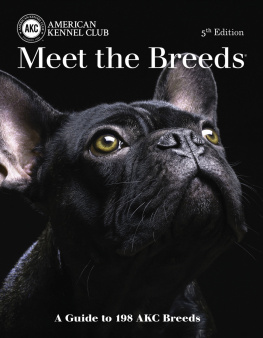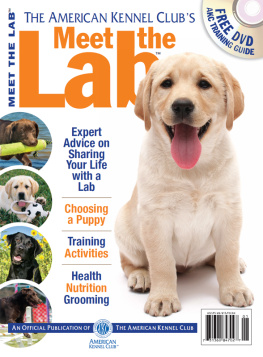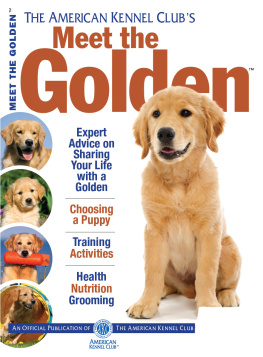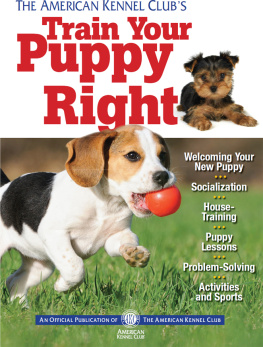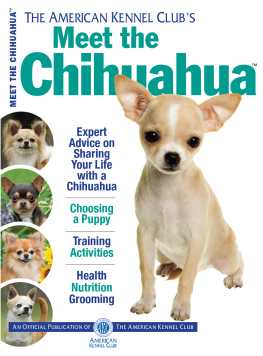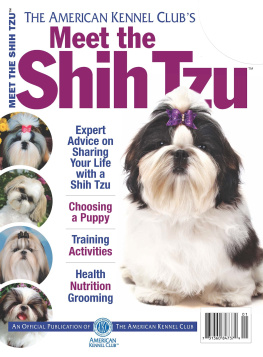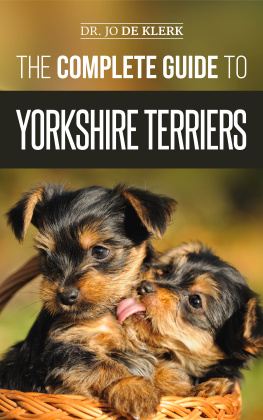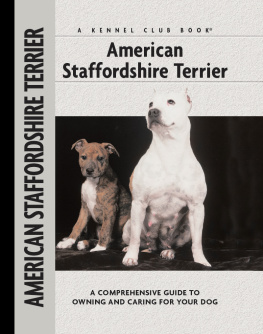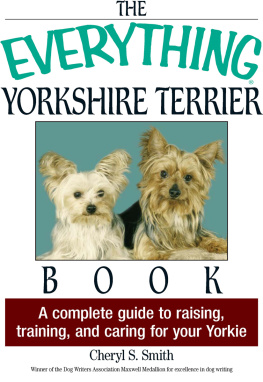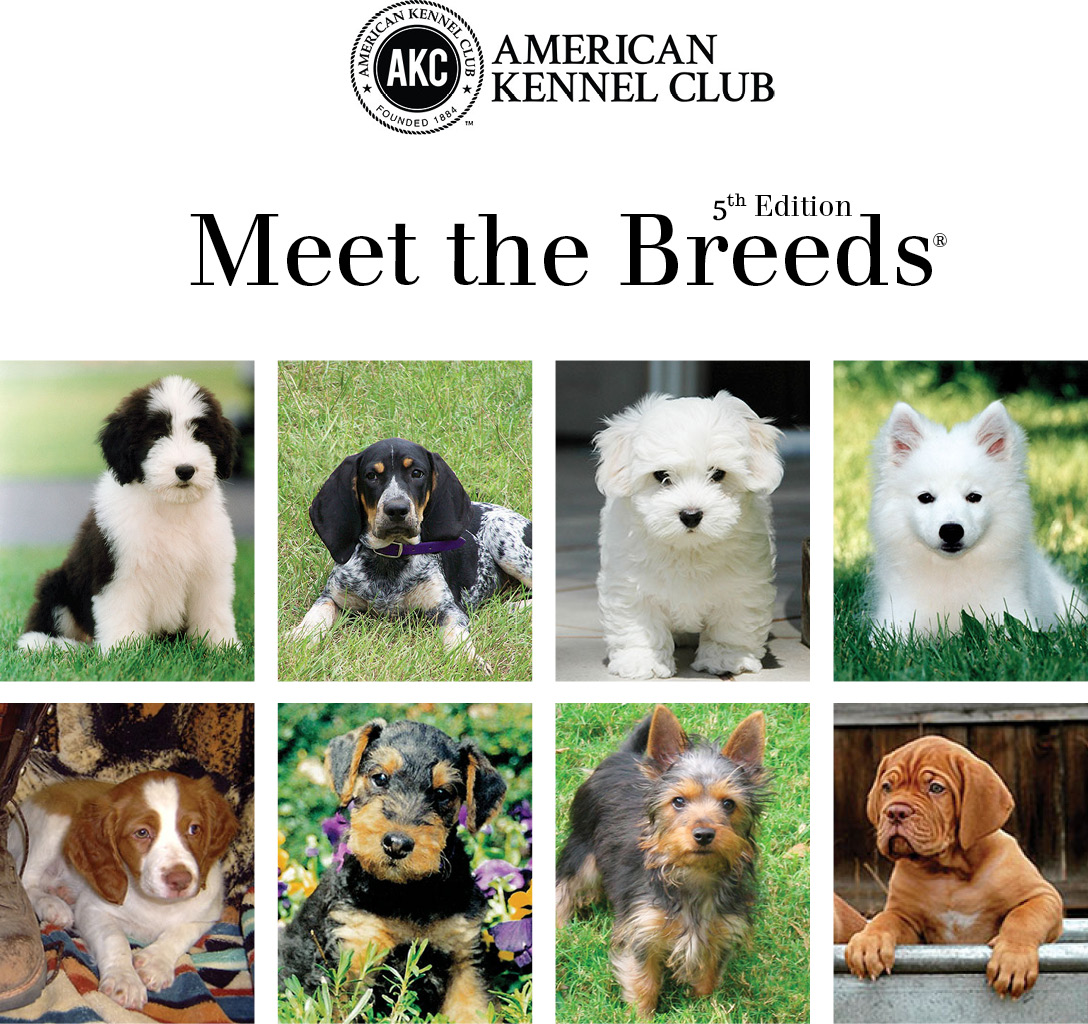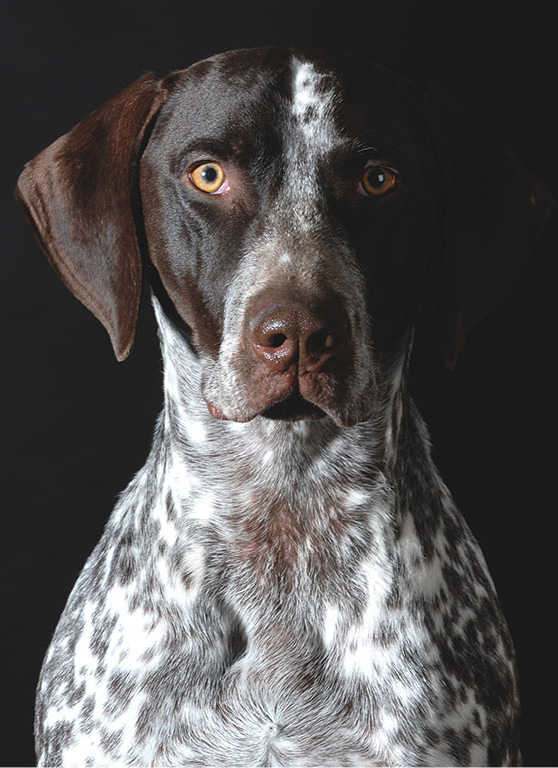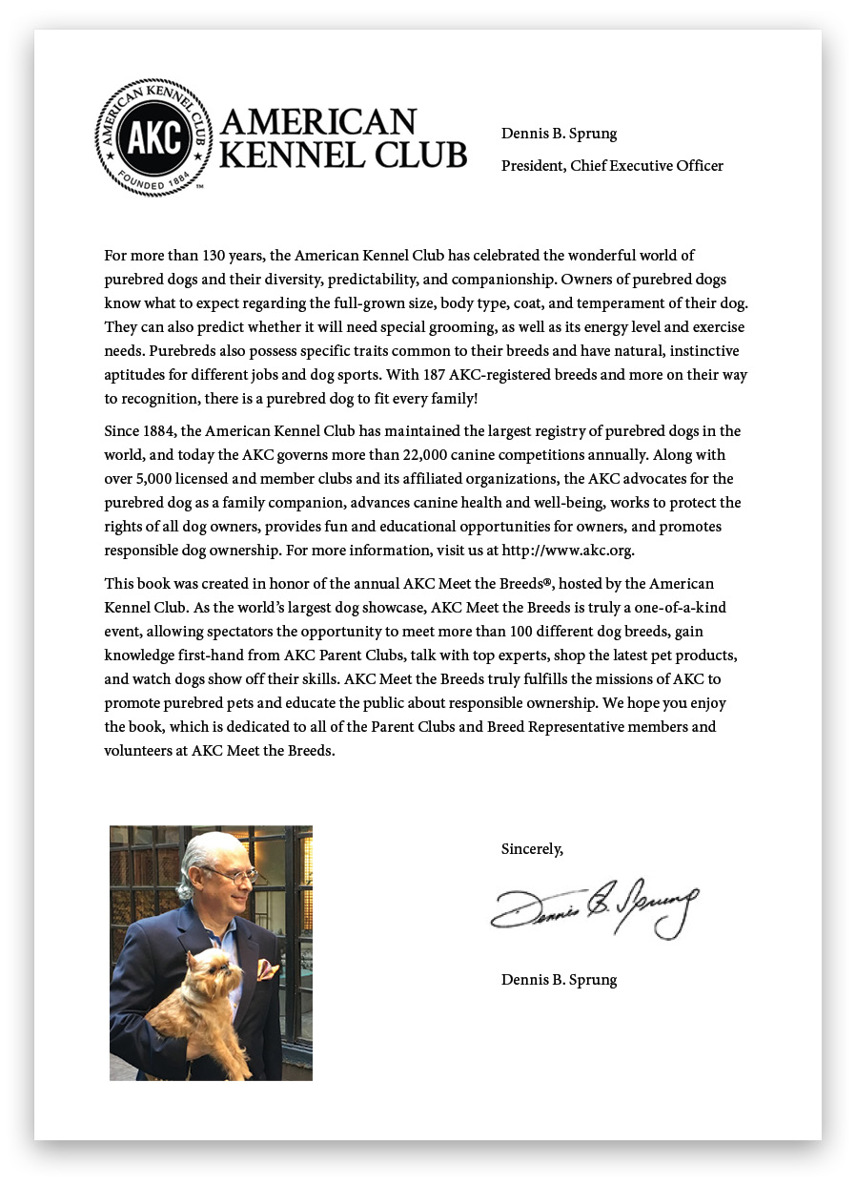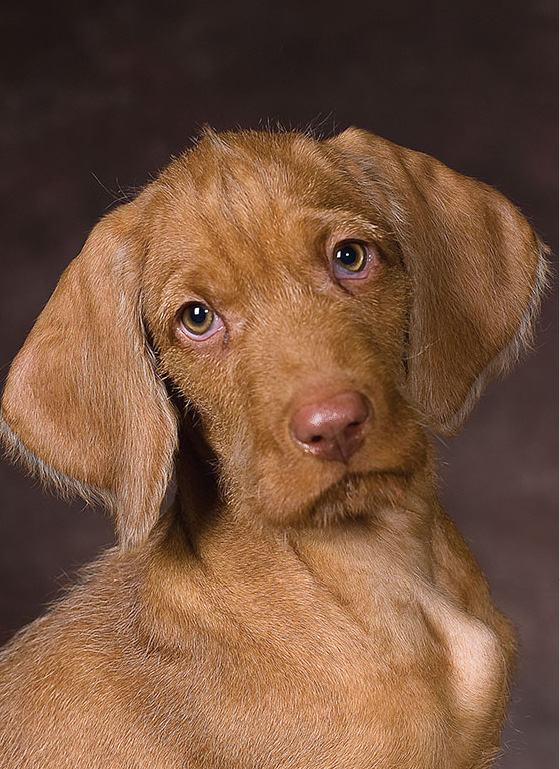Meet the Breeds 5th Edition
Project Team
Editor: Amy Deputato
Copy Editor: Joann Woy
Design: Mary Ann Kahn
i-5 PUBLISHING, LLC
Chairman: David Fry
Chief Financial Officer: David Katzoff
Chief Digital Officer: Jennifer Black-Glover
Chief Marketing Officer: Beth Freeman Reynolds
Marketing Director: Cameron Triebwasser
General Manager, i-5 Press: Christopher Reggio
Art Director, i-5 Press: Mary Ann Kahn
Senior Editor, i-5 Press: Amy Deputato
Production Director: Laurie Panaggio
Production Manager: Jessica Jaensch
American Kennel Club: Aliza Burns, Michael Canalizo, Gina DiNardo, Daphna Straus
Copyright 2016 by i-5 Publishing, LLC
All rights reserved. No part of this book may be reproduced, stored in a retrieval system, or transmitted in any form or by any means, electronic, mechanical, photocopying, recording, or otherwise, without the prior written permission of i-5 Press, except for the inclusion of brief quotations in an acknowledged review.
The Library of Congress has cataloged an earlier edition as follows:
The American Kennel Clubs meet the breeds : dog breeds from A to Z / author, The American Kennel Club.
p. cm.
Includes bibliographical references and index.
ISBN 978-1-935484-59-2 (alk. paper)
1. Dog breeds. 2. Dogs. I. American Kennel Club.
SF426A534 2010
636.71--dc22
2010036360
This book has been published with the intent to provide accurate and authoritative information in regard to the subject matter within. While every precaution has been taken in the preparation of this book, the author and publisher expressly disclaim any responsibility for any errors, omissions, or adverse effects arising from the use or application of the information contained herein. The techniques and suggestions are used at the readers discretion and are not to be considered a substitute for veterinary care. If you suspect a medical problem, consult your veterinarian.
i-5 Publishing, LLC
http://www.facebook.com/i5press
http://www.i5publishing.com
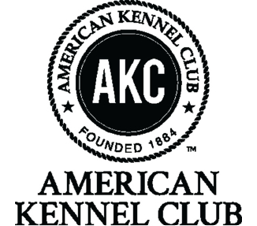
Are You Ready to Be a Dog Owner?
T he multifaceted responsibilities of dog ownership have been well publicized in recent years. We are vigorously cautioned to investigate all aspects of care and training before acquiring a dog. But this isnt as easy as it sounds. A dogs demands vary drastically by breed, and even individual puppies in the same litter can have different needs. Long-held notions about dog care are constantly revised with innovations such as dog parks, dog whisperers, and dog walkers. If you are prepared to manage some complication and inconvenience, large energetic dogs can live contentedly in small apartments, and hairless dogs can live happily in frigid northern climates.
Dogs are some of the worlds most adaptable creatures. They have been acclimating themselves to human lifestyles for thousands of years. We should never underestimate their ability to do this. Dogs have some basic and essential requirements, and we must honestly evaluate our ability to provide them with what they need.
Today most dogs are destined to spend their lives as pets, regardless of their instinctive abilities or heritage. Dogs come in every imaginable shape and size, and these differences comprise a lot more than superficialities of appearance. Mental and physical traits are inseparable. Inherited tendencies, sensory abilities, and energy levels will profoundly influence a puppys chances of acclimating to certain lifestyles. Every puppys personality is ultimately a combination of genetics and environment, but there are clear differences in canine temperament traits, based on a dogs ancestry and intended function. A hound and a terrier not only look different, they think and act differently. Their perceptions, energy levels, and responses to training will differ. Many temperamental differences are easily predicted, but they may not be obvious without some breed knowledge or research. For instance, toy dogs come from a variety of backgrounds. They are all little and cute, but they are not all equally sweet, cuddly, and biddable. The Boxer and the Neapolitan Mastiff are both Working breeds, both watchdogs, but their basic temperaments differ drastically.
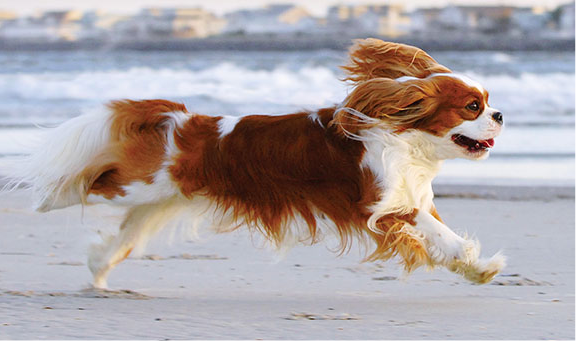
Knowing something about a breeds history and innate temperament greatly improves the odds of choosing a good canine match. It also makes it easier to anticipate potential problems to which a puppy may be prone. Better yet, all of this information is available at the click of a mouse.
For every breed, in-depth information about temperament, health, and general care can be instantly accessed through a network of local and national dog clubs and from the American Kennel Club. Long before you bring your new Great Pyrenees puppy home, you will know that he is going to need more than average amounts of socialization, training, and exercise and that he is likely to demonstrate strong guardian instincts at maturity. Taking the time to discover these details before acquiring a puppy makes all the difference in the world.
Meet the Purebred Dog
The American Kennel Club (AKC) has grouped all of the breeds that it registers into seven categories, or groups, roughly based on function and heritage. Breeds are grouped together because they share traits of form and function or a common heritage. You probably have some idea of which traits you really want in a puppy, which unanticipated traits you are prepared to cope with, and which traits you really want to avoid. Specific qualities associated with the breeds in these groups provide some idea of where to begin your search.
Sporting Breeds
First developed in thirteenth-century Iberia, sporting dogs were bred to work closely with hunters to assist with hawking, netting, and especially shooting. Rather than capturing or killing their quarry, they helped locate it, retrieve it, or both, as they still do today. As soon as they were introduced to the rest of Europe, sporting breeds became immensely popular, and they have remained so ever since. Their intelligence and natural versatility make them easy to train for a wide range of activities. Many Sporting dogs are still used for hunting. They also compete in organized field trials. But the majority of them live as companions. Some of the most popular breeds, such as the Labrador Retriever, Golden Retriever, and Cocker Spaniel, are found in this group.
Sometimes referred to as bird dogs or gundogs, there are four basic types of sporting dog. Spaniels are used to flush birds and game into the open, setters and pointers locate game, retrievers fetch game, and water retrievers retrieve dead and wounded game specifically from the water. Some Sporting breeds have been further specialized to hunt certain types of game or work in particular kinds of terrain. For instance, the Clumber Spaniel is a slow, steady hunter, easy to follow on foot. The Chesapeake Bay Retriever was designed to retrieve game from the frigid waters of the Chesapeake Bay. A number of sporting breeds are also classified as multipurpose breeds, known as HPR breeds because they hunt, point, and retrieve.

